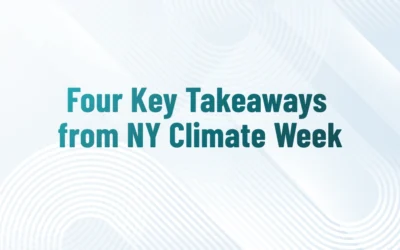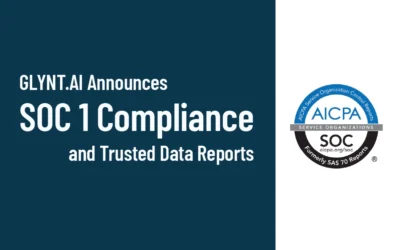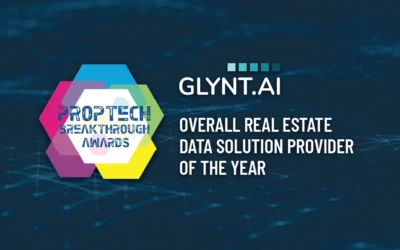Before jumping to an answer, let’s look at a recent historical example, emissions from US-based coal plants. It turns out, like so many important issues, that there are no simple answers to these questions.
In 1990, sulfur dioxide emissions (SO2) from coal plants came under a new regulation signed into law by President George Bush. The law was intended to reduce “acid rain” (precipitation with acidic components) that was harming forests and crops across the US. The law authorized an emissions trading market.
Every coal plant had an annual cap on SO2 emissions, and the cap decreased each year. Coal plants across the US could either install technology to reduce their SO2 emissions or could buy offsets from a plant that was below its authorized cap. Similar to the carbon offset market today, every coal plant operator could make a decision: invest to reduce emissions or defer that investment to another year.
In a retrospective summary, two leading researchers describe the five ironies that characterize the results. (Disclosure: One of the researchers, Richards Schmalensee of MIT is an advisor to GLYNT.)
• Irony #1: Aim in one place, win in another. The program was successful in curbing acid rain, and was cost-effective. But, the biggest benefit was unanticipated, reducing air-borne particulate matter, which reduced human health issues. The original regulation was aimed at acidic rain, but the human health benefits were 50 times larger.
• Irony #2: The source of success can be outside the program. Even before the 1990 regulation, the price of various types of coal changed, the type with less pollution content became cheaper. So coal plants reduced their emissions by changing inputs. They would have reduced emissions without the program.
• Irony #3: A political win was abandoned by its advocates. Reagan and Bush advocated private sector decision making over command-and-control regulations. But the Republican party now discards cap-and-trade as an effective policy.
• Irony #4: The emissions-trading market is no more. The researchers note that the original regulations were gutted by subsequent court decisions and regulatory revisions. Despite this grind-down of the original policy, we enjoy a reduction in acid rain.
• Irony #5: Acid rain was caused by a previous regulation. In the 1970s, a regulation required coal plants to make very high smoke stacks, so that emissions would not land on local neighborhoods. The effect was to put them into the higher reaches of the atmosphere, where they spread in new ways.
• Irony #6: Solar is cheaper. While it might appear that utilities were able to push back this regulation and keep their coal plants, the rapid cost reductions in utility-scale and commercial-scale solar has changed the landscape. Utilities in every state – regardless of political leanings – are finding it cheaper to close an operating coal plant and switch to solar than to keep the plant open.
Get Started with GLYNT




